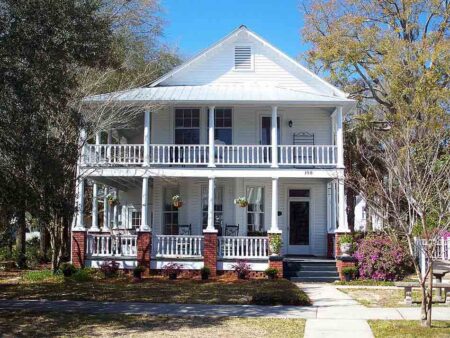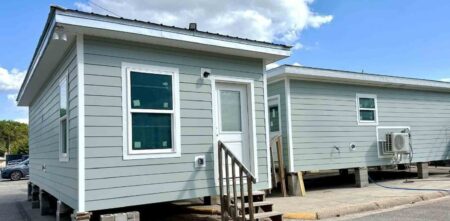The coming weeks are the time to apply a preemergence herbicide to prevent summer annual weeds in your lawn.
Timing of a preemergence herbicide application for summer annual weeds such as crabgrass should be during mid February to March 5 when day temperatures reach 65° to 70°F for four to five consecutive days. This generally coincides with when azaleas and dogwoods first begin to bloom. If you wait until you see weeds, most preemergent type herbicides won’t work.
Summer annual weeds include crabgrass, Florida pusley, sandspur, old world diamond-flower and spotted spurge and many others.
Some preemergence herbicides to look for include oryzalin (Surflan), benefin (Sta-green Crabgrass Preventer, Hi-Yield Crabgrass Preventer), pendimethalin (Pre-M, Pendulum, Turf Weedgrass Control, Halts Crabgrass Preventer), benefin + oryzalin (XL), DCPA (Dacthal) and bensulide (Green Light Betasan Crabgrass Preventer).
For season-long weed control, a second application may be needed about six to nine weeks after the initial application.
It is the user’s responsibility to read and follow all label directions and precautions when using any pesticide, including herbicides.
In order for our lawn grasses to efficiently use fertilizer, consistently warmer nights are required. Fertilizing a lawn before soil temperature is adequately warm results in waste of fertilizer and possible lawn injury.
Despite the fact you can force a lawn to turn green early with high nitrogen fertilizers, it’s a false sense of accomplishment. That new green growth is dependent on availability of other elements, some of which are poorly available under the cool soil temperatures of late winter and early spring. Iron, for example, is not readily available when the soil is cool. This is exactly what happens when your lawn begins to turn bright yellow after being fertilized too early. You induce or cause a nutrient deficiency by fertilizing too early. It’s a matter of the soil being too cool to allow the roots to take in needed iron to support the new growth caused by fertilizing too soon.
There are other needed nutrients, such as potassium, which are not readily available under cool soil temperatures. As a result of fertilizing too early, you’re wasting fertilizer and money that’s washing away and not being used by your lawn. Waiting to fertilize during more favorable soil temperatures allows for more efficient use of the fertilizer and less waste. It’s best to wait until mid April to fertilize your lawn.
Larry Williams, UF/IFAS Extension Agent, Okaloosa County, February 14, 2014




